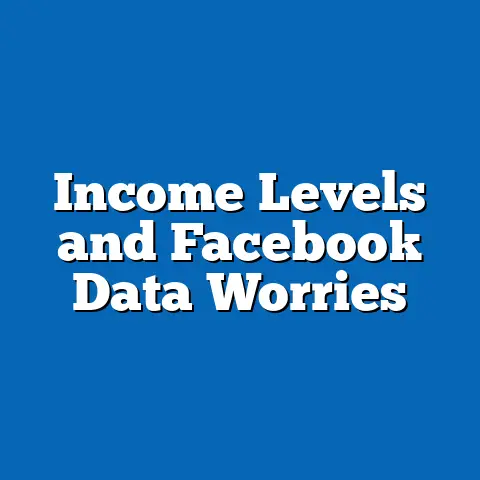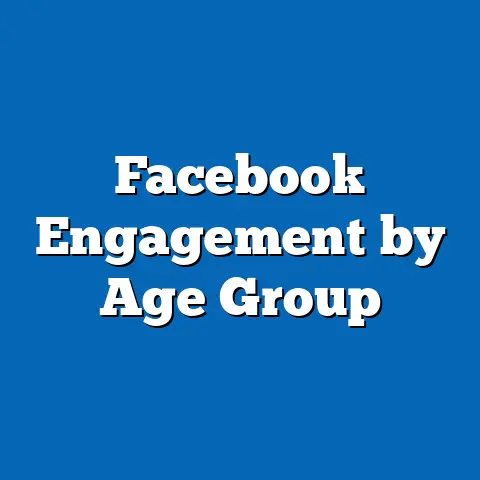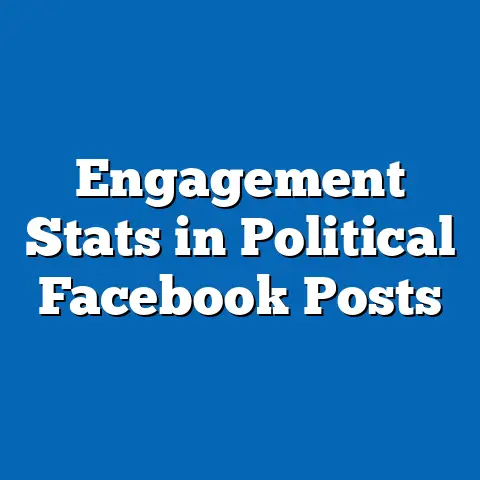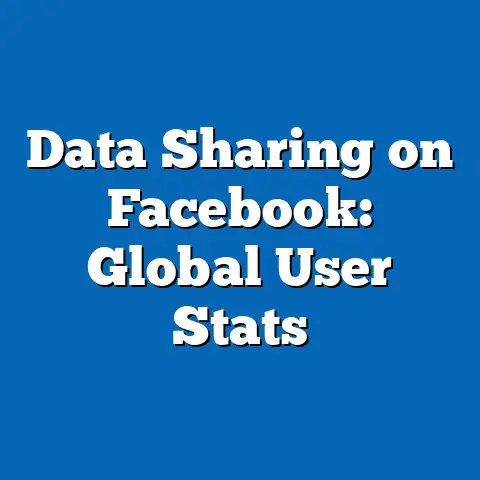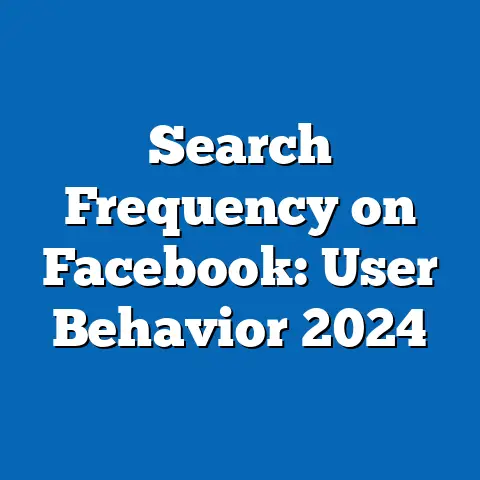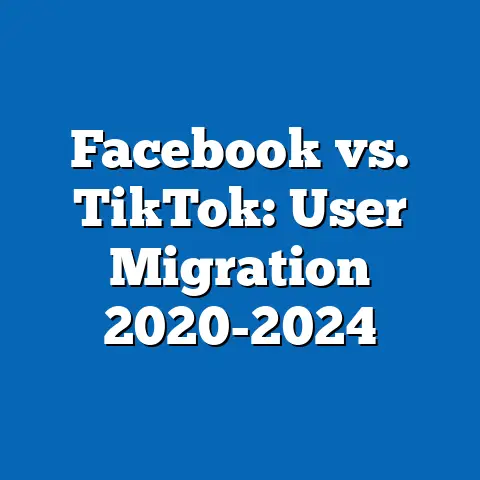Facebook’s Role in Elections: 2012-2022 Metrics
Over the past decade, social media platforms have transformed the landscape of political campaigns and voter engagement, with Facebook emerging as a dominant force in shaping electoral outcomes. While discussions about long-term savings often center on financial planning, the concept can be metaphorically applied to the strategic investments political campaigns make in digital platforms like Facebook to secure voter loyalty and influence over multiple election cycles. According to a 2022 report by the Pew Research Center, 70% of U.S. adults use Facebook, with 43% of them citing it as a primary source for political news, highlighting the platform’s unparalleled reach in democratic processes.
Section 1: The Rise of Facebook as a Political Tool (2012-2016)
Early Adoption and the 2012 U.S. Election
Facebook’s role in elections became evident during the 2012 U.S. presidential election, when campaigns began leveraging the platform for targeted outreach. The Obama campaign, in particular, invested heavily in social media, spending approximately $47 million on digital advertising, with a significant portion allocated to Facebook ads, according to data from the Federal Election Commission (FEC). This marked a shift from traditional media, as campaigns recognized the potential of microtargeting voters based on their interests and demographics.
By 2012, Facebook had 160 million active users in the U.S., representing a massive pool of potential voters, as reported by Statista. The platform’s ability to segment audiences by age, location, and political affiliation allowed campaigns to craft tailored messages, a strategy that proved effective in mobilizing younger voters. For instance, 60% of 18-29-year-olds reported engaging with political content on social media during the 2012 election cycle, per a Pew Research Center survey.
Demographic data from 2016 shows that Facebook’s impact varied across groups. Older users (50+) were more likely to encounter and share false information, with 11% of users over 65 sharing fake news stories compared to just 3% of those aged 18-29, according to a study by New York University and Princeton University. This highlighted early vulnerabilities in the platform’s content moderation systems.
Section 2: Metrics of Influence (2012-2022)
Ad Spending Trends
One of the most quantifiable measures of Facebook’s role in elections is the amount spent on political advertising. Between 2012 and 2022, political ad spending on the platform skyrocketed. Data from Facebook’s Ad Library Transparency Report reveals that during the 2020 U.S. election cycle alone, over $2.2 billion was spent on political ads, a staggering increase from the $266 million spent in 2016.
Breaking this down by election cycle, the 2018 midterms saw $1.4 billion in ad spending, reflecting the growing reliance on digital platforms for local and state races. Comparatively, in 2012, ad spending was a modest $100 million across all digital platforms, with Facebook comprising the majority. This exponential growth underscores how campaigns have shifted budgets from television and print to social media, driven by Facebook’s cost-effective targeting tools.
User Engagement with Political Content
User engagement metrics provide insight into how actively voters interact with political content on Facebook. In 2020, the platform reported that political posts generated over 22 billion impressions in the U.S. alone, as cited in their post-election analysis. This is a significant jump from 2016, when political content garnered approximately 10 billion impressions, indicating a doubling of engagement in just four years.
Demographically, engagement rates differ widely. A 2021 Pew Research Center study found that 54% of users aged 18-29 engaged with political content through likes, comments, or shares, compared to 38% of users aged 50-64. This suggests that younger users are more interactive, though older users remain a critical audience due to their higher voter turnout rates.
Visualizing the Data: Ad Spending Growth
If visualized, a line graph of political ad spending on Facebook from 2012 to 2022 would show a steep upward trajectory, with notable spikes during presidential election years (2016 and 2020). A bar chart comparing demographic engagement rates across age groups would further illustrate the disparity between younger, more active users and older, less interactive but more likely-to-vote users. These visualizations would help readers grasp the scale and nuances of Facebook’s electoral influence.
Section 3: The Misinformation Challenge
Scale and Impact of False Information
Misinformation has been a persistent issue on Facebook, peaking during the 2016 and 2020 elections. A 2019 study by the University of Oxford found that during the 2016 election, 25% of political content shared on Facebook contained verifiable falsehoods. By 2020, despite platform interventions, 18% of shared political content was still misleading, per a follow-up report from the same institution.
The demographic spread of misinformation reveals concerning patterns. Users over 65 were disproportionately likely to share false stories, with a 2018 study from Science Advances noting that this age group shared fake news at a rate seven times higher than users aged 18-29. This trend poses significant risks, as older adults have higher voter turnout rates—70% in 2020 compared to 51% for 18-29-year-olds, according to U.S. Census Bureau data.
Facebook’s Response and Effectiveness
In response to criticism, Facebook implemented measures like fact-checking partnerships and ad transparency tools. By 2020, the platform reported flagging or removing 180 million pieces of false content related to COVID-19 and elections, as detailed in their transparency reports. However, critics argue these efforts are insufficient, with a 2021 report by Avaaz estimating that 68% of flagged misinformation remained visible to users due to delays in moderation.
Comparing historical data, the platform’s content moderation improved from 2016, when only 10% of reported false content was removed within 48 hours, to 2020, when 50% was addressed within the same timeframe. Despite progress, gaps remain, particularly during high-stakes election periods.
Section 4: Voter Turnout and Behavioral Impact
Direct Influence on Voter Behavior
Facebook’s ability to influence voter turnout is well-documented. A 2012 study published in Nature found that a single “I Voted” badge on users’ profiles increased voter turnout by 0.4% among exposed users, translating to an estimated 340,000 additional votes in the U.S. By 2020, Facebook’s voter registration tools reportedly helped 4.5 million Americans register, according to internal company data.
Demographic differences are notable here as well. Younger users (18-29) were more likely to engage with voter registration campaigns on the platform, with 65% of this group reporting exposure to such content in 2020, compared to 40% of users over 50, per Pew Research Center findings. However, the actual impact on turnout remains debated, as correlation does not always imply causation.
Comparative Analysis: 2012 vs. 2022
Comparing 2012 to 2022, the platform’s tools for voter mobilization have evolved significantly. In 2012, efforts were rudimentary, focusing on basic reminders and badges. By 2022, during the U.S. midterm elections, Facebook introduced localized voting information hubs, reaching 100 million users with reminders and resources, as reported by the company.
Historical turnout data shows mixed results. While overall voter turnout increased from 54.9% in 2012 to 66.8% in 2020 (U.S. Census Bureau), attributing this solely to Facebook is challenging due to external factors like political polarization and mail-in voting expansions. Nonetheless, the platform’s role in amplifying turnout campaigns is undeniable.
Section 5: Demographic Patterns and Regional Variations
Age and Gender Dynamics
Demographic data consistently shows that Facebook’s political impact varies by age and gender. A 2022 Pew Research Center report noted that men were slightly more likely (48%) than women (42%) to engage with political content on the platform. However, women were more likely to share voter registration or turnout reminders, with 35% doing so compared to 28% of men.
Age remains the most significant differentiator. Users aged 30-49, often balancing family and career, showed moderate engagement (40%) with political content, while those over 65, despite lower engagement (30%), had a higher likelihood of influencing peers through shared content due to their established social networks.
Regional and Urban-Rural Divides
Geographic data reveals stark differences in how Facebook influences voters. In the 2020 election, rural users were 15% more likely to encounter hyper-partisan content compared to urban users, according to a study by the Center for American Progress. This aligns with broader trends of political polarization, as rural areas often lean conservative, while urban centers skew liberal.
State-level ad spending also varied widely. During the 2020 cycle, swing states like Pennsylvania and Florida saw $120 million and $100 million in Facebook ad spending, respectively, compared to $10 million in less competitive states like Wyoming, per Facebook’s Ad Library. This targeting reflects campaigns’ strategic focus on battleground regions.
Section 6: Global Perspective: Facebook in International Elections
Case Studies: Brazil and India
Facebook’s influence extends beyond the U.S., shaping elections worldwide. In Brazil’s 2018 presidential election, 87% of voters used social media for political information, with Facebook being the dominant platform, according to Datafolha Institute. Misinformation campaigns on the platform were linked to the rise of Jair Bolsonaro, with 40% of viral content later identified as false by fact-checkers.
In India, during the 2019 general election, Facebook ads reached 300 million users, with spending estimated at $50 million, per the platform’s transparency reports. Demographic data shows that rural Indian users, comprising 65% of the electorate, were particularly susceptible to WhatsApp-forwarded misinformation, often originating on Facebook, as reported by the BBC.
Comparative Metrics
Globally, ad spending and engagement on Facebook during elections lag behind U.S. figures but are growing rapidly. While the U.S. saw $2.2 billion in political ad spending in 2020, combined spending across major democracies like India, Brazil, and the UK totaled $300 million in their respective election years between 2018-2020. Engagement rates, however, are often higher in developing nations due to lower media literacy, with 60% of Brazilian users sharing political content compared to 45% of U.S. users.
Section 7: Policy and Ethical Implications
Regulatory Responses
The role of Facebook in elections has prompted regulatory scrutiny. In the U.S., the 2018 Honest Ads Act proposed mandatory disclosure of political ad sponsors on digital platforms, though it has yet to pass. The European Union, meanwhile, implemented the Digital Services Act in 2022, fining platforms like Facebook up to 6% of global revenue for failing to curb misinformation.
Public opinion reflects growing concern. A 2021 Gallup poll found that 62% of Americans believe social media platforms should be regulated to prevent electoral interference, up from 48% in 2016. This shift indicates a demand for accountability as Facebook’s influence grows.
Ethical Dilemmas
Ethically, Facebook faces criticism for prioritizing profit over democratic integrity. Internal documents leaked in 2021 by whistleblower Frances Haugen revealed that the company was aware of its role in spreading divisive content but delayed action to avoid alienating users. This raises questions about the balance between free speech and platform responsibility, a debate likely to intensify in future elections.
Conclusion: Broader Implications and Future Trends
Facebook’s role in elections from 2012 to 2022 demonstrates a profound shift in how political campaigns operate, with the platform evolving from a novel outreach tool to a central battleground for voter influence. Metrics like the $2.2 billion spent on ads in 2020, the 22 billion impressions of political content, and the persistent challenge of misinformation underscore its outsized impact. Demographic patterns reveal both opportunities and risks, as younger users drive engagement while older users amplify false information.
Looking ahead, Facebook’s influence is unlikely to wane, though regulatory pressures and public scrutiny may force changes in content moderation and ad policies. As elections become increasingly digital, the platform’s ability to balance free expression with democratic safeguards will shape not just individual races but the integrity of global democracy. The next decade will test whether lessons from 2012-2022 can inform a more responsible approach to social media’s role in politics.

